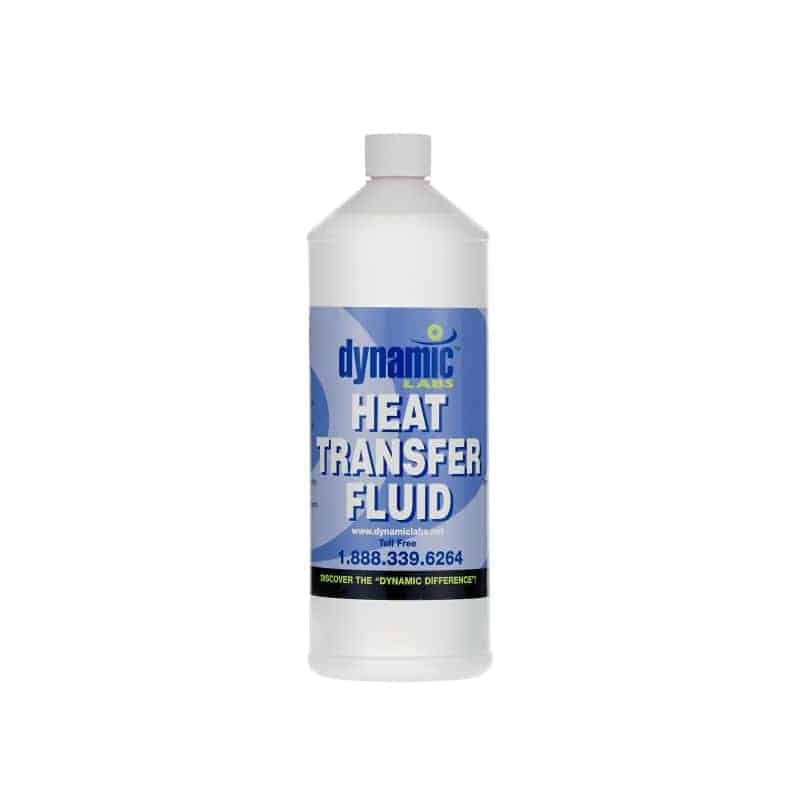Why Picking the Right Heat Transfer Fluid Is Essential for Optimal System Performance
Picking an appropriate warm transfer liquid is a critical choice that can significantly affect system performance and operational costs. As the effects of this choice prolong much past immediate performance, comprehending the nuances of fluid option becomes vital for any person looking to achieve ideal system effectiveness.
Relevance of Heat Transfer Fluids
What duty do heat transfer liquids play in commercial procedures? Warm transfer liquids are important for the reliable transfer of thermal energy within various industrial systems.
The choice of heat transfer liquid can significantly impact power devices, effectiveness, and safety durability. Fluids must be qualified of holding up against heats and pressures without deteriorating, as well as display very little volatility and low poisoning. Their efficiency directly influences not just the productivity of the system yet likewise its operational prices.
Additionally, heat transfer liquids play an important function in maintaining procedure control, ensuring that temperature level changes are minimized. This is especially essential in delicate applications such as pharmaceuticals and petrochemicals, where exact temperature administration is vital. In general, the importance of choosing the right warm transfer liquid can not be overstated, as it is integral to enhancing commercial processes and boosting overall system efficiency.
Key Feature to Take Into Consideration
When picking a heat transfer liquid, which key buildings should be prioritized to make sure optimum performance? Thermal conductivity is vital; a liquid with high thermal conductivity will efficiently transfer warm, lessening power loss. In addition, the particular warm capability of the liquid is essential, as it determines just how much power the liquid can release and store, influencing general system responsiveness.
Thickness is an additional significant residential property to take into consideration, as it influences the fluid's flow qualities; lower viscosity fluids are typically liked for less complicated blood circulation and lowered pumping energy. The liquid's temperature level variety is just as vital; it has to execute properly within the functional temperature levels of the system without degrading or evaporating.
Take into consideration the environmental influence and security profile of the fluid, as guidelines and sustainability goals increasingly influence liquid selection. By focusing on these key properties, one can choose a warmth transfer liquid that boosts system resilience and reliability.

Effect On System Efficiency
The option of warmth transfer fluid straight influences system performance, affecting both energy usage and functional efficiency. A liquid's thermal conductivity, thickness, and warmth capacity play critical functions in exactly how effectively it transfers warm within a system. Optimum fluid residential or commercial properties make certain that warmth is soaked up and distributed effectively, lessening energy losses and enhancing the total efficiency of the system.

Moreover, the compatibility of the fluid with system materials can dramatically impact efficiency. A liquid that triggers corrosion or deterioration can cause leakages and system failures, better lessening performance. In summary, the ideal heat transfer fluid not only check this site out makes the most of power effectiveness and decreases prices yet likewise enhances the reliability and long life of the system, making it a crucial consideration for designers and decision-makers in thermal monitoring applications.
Usual Kinds Of Heat Transfer Fluids
A selection of warm transfer liquids are commonly employed in thermal administration systems, each with distinct homes matched to certain applications. Water is just one of the most widely used heat transfer fluids due to its high particular heat capacity, inexpensive, and schedule. Its cold factor limits its use in low-temperature applications.
Thermal oils, frequently originated from oil, are one more popular option, specifically in high-temperature systems. These liquids can operate at elevated temperature levels without vaporizing, making them ideal for commercial applications. They may have constraints concerning thermal security.
Refrigerants, made use of primarily in cooling systems, have distinct thermodynamic properties that enable efficient heat transfer at low temperature levels. Their choice is critical to make certain effectiveness and compliance with ecological guidelines.

Furthermore, phase change products (PCMs) are acquiring grip for their capacity to take in and launch considerable amounts of heat during stage shifts, offering an unique solution for thermal power storage. Each liquid's details attributes should be evaluated for optimal efficiency.
Best Practices for Option
Selecting the appropriate warm transfer liquid entails careful consideration of several essential aspects that line up with the certain requirements of the application. Second, take into consideration the liquid's thermal conductivity, which impacts warmth transfer prices; greater thermal conductivity generally leads to improved performance.
Furthermore, evaluate the liquid's viscosity, as it affects useful source pumping power and total system efficiency. Lower viscosity fluids commonly reduce power consumption throughout circulation. Compatibility with system materials is one more critical facet; make sure that the liquid does not trigger corrosion or deterioration of pipes and elements.
Next, consider the liquid's security and durability, especially in high-temperature applications. A secure liquid lessens upkeep and substitute expenses. Environmental and safety and security guidelines should lead your choice process, stressing safe and ecologically friendly alternatives when possible.
Verdict
In conclusion, picking the ideal warmth transfer liquid is necessary for accomplishing optimum system effectiveness. The appropriate fluid boosts thermal conductivity, decreases power losses, and advertises tools long life, inevitably leading to better system integrity and efficiency.
Heat transfer liquids are vital for the efficient transfer of thermal power within numerous industrial systems. In addition, the particular heat capacity of the liquid is important, as it determines just how much power the fluid can release and save, affecting total system responsiveness.
Think about the ecological impact and safety profile of the liquid, as guidelines and sustainability goals increasingly affect fluid choice - propylene glycol. A fluid's thermal conductivity, thickness, and warm capability play essential duties in how properly it transfers warm within a system. Water is one of the most widely utilized warmth transfer liquids due to its high particular warmth ability, reduced expense, and accessibility
Comments on “Selecting the Right Heat Transfer Fluid for Your Business: Essential Factors”